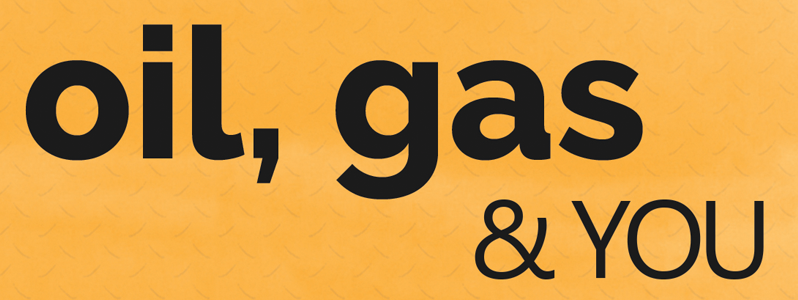“IT is man’s world!” sang James Brown and the Famous Flames, underlining the global reality of social, economic and political inequalities between men and women. When it comes to sheer numbers, it appears the oil and gas industry is also tilted toward men.
According to the World Petroleum Council, women represent only a fifth of the sector’s workforce and mostly in business and commercial roles, with limited presence in technical posts. There has always been an arbitrariness in assigning gender traits to jobs, often rooted in stereotypes of perceived masculine and feminine traits. But that is a discussion for later. What is clear today is that this is not a war won overnight.
Experts believe that gender diversity and balance in the oil and gas sector is attainable. And why wouldn’t this be the goal; after all, there are so many benefits that could be derived from a diversified workforce. From all indications, Guyana seems well on its way to making a positive contribution in this regard. OilNOW reported a week ago that there were nearly 400 Guyanese women supporting ExxonMobil’s operations here. This is commendable, especially since Guyana only began producing oil less than a year ago.
It is heartening to see young women like Deepa Ramkellewan taking up a role on a drillship more than 100 miles offshore. According to ExxonMobil’s Public and Government Affairs Adviser, Janelle Persaud, another prominent Guyanese woman in industry, women are finding work in a variety of roles in oil and gas – from business services, procurement and health, safety and the environment and also in technical fields as Deepa.
And more are on the way. There are two Guyanese women who are expected to return home soon to work with Exxon as operations and maintenance technicians after receiving training in Canada. Trainee Kathy James said she was thrilled to be part of this group of technicians who will soon work on the Liza Destiny, the vessel that plays an integral role in bringing Guyana’s first oil to market. Like James, Alexandria Williams is breaking glass ceilings in her role as a mechanical technician at Schlumberger.
Guyanese geoscientist, Ashlika Persaud, is doing our country proud in Houston, Texas where she is an integral part of a team examining seismic data and advising the company where to drill. In fact, Ashlika had the honor of choosing the name “Tilapia” for an oil discovery Exxon made in February 2019 offshore Guyana.
Providing clear career paths for women is a definitive act to balance the scales of economic inequality. In a small developing country like Guyana, it will take a multi-pronged approach. It is important that we broaden our economic base beyond oil and gas. Fortunately, Exxon seems to understand this and includes women’s economic empowerment as one of its focus areas in its corporate social responsibility programme. Here in Guyana, Exxon has worked with women-led organisations to execute projects geared at empowering women in various communities. Of particular note is a project that upgrades a factory in Region 1 to produce coco sticks, cassava bread and process other items grown in the region. Aside from empowering women and, by extension, an entire community, this project can contribute to an overall national plan of economic diversity.
To be sure, Guyana and the world has a long way to go to attain gender equality, but conscious efforts by governments, NGOs and private companies will certainly advance plans. Decisive measures taken to employ more women, support projects geared at empowering women and working with female owned service providers is an important step in the right direction. Because, as James Brown contended later in that famous ditty – this may be a “man’s world” but it means “nothing without a woman or a girl”.





.jpg)








